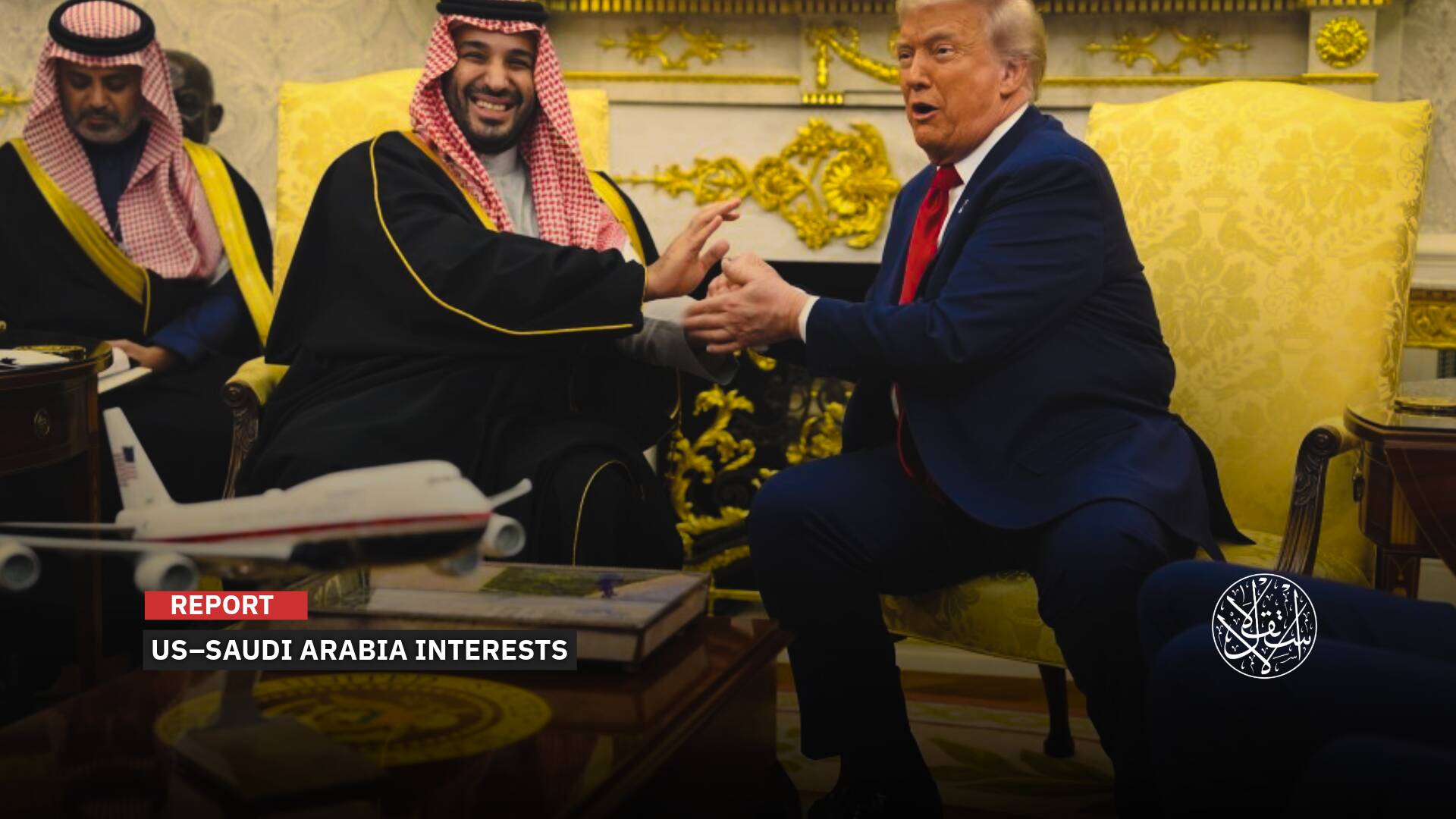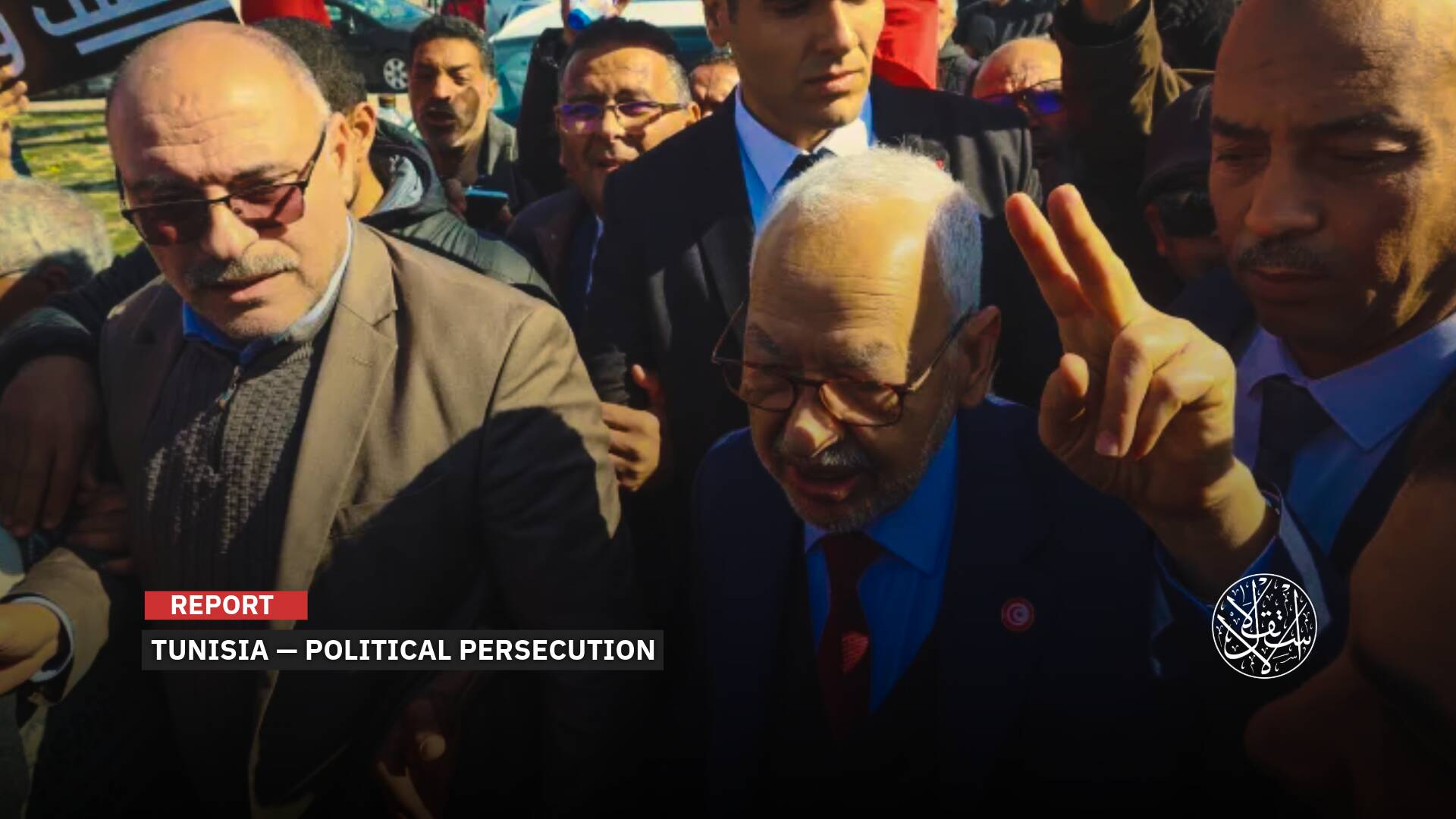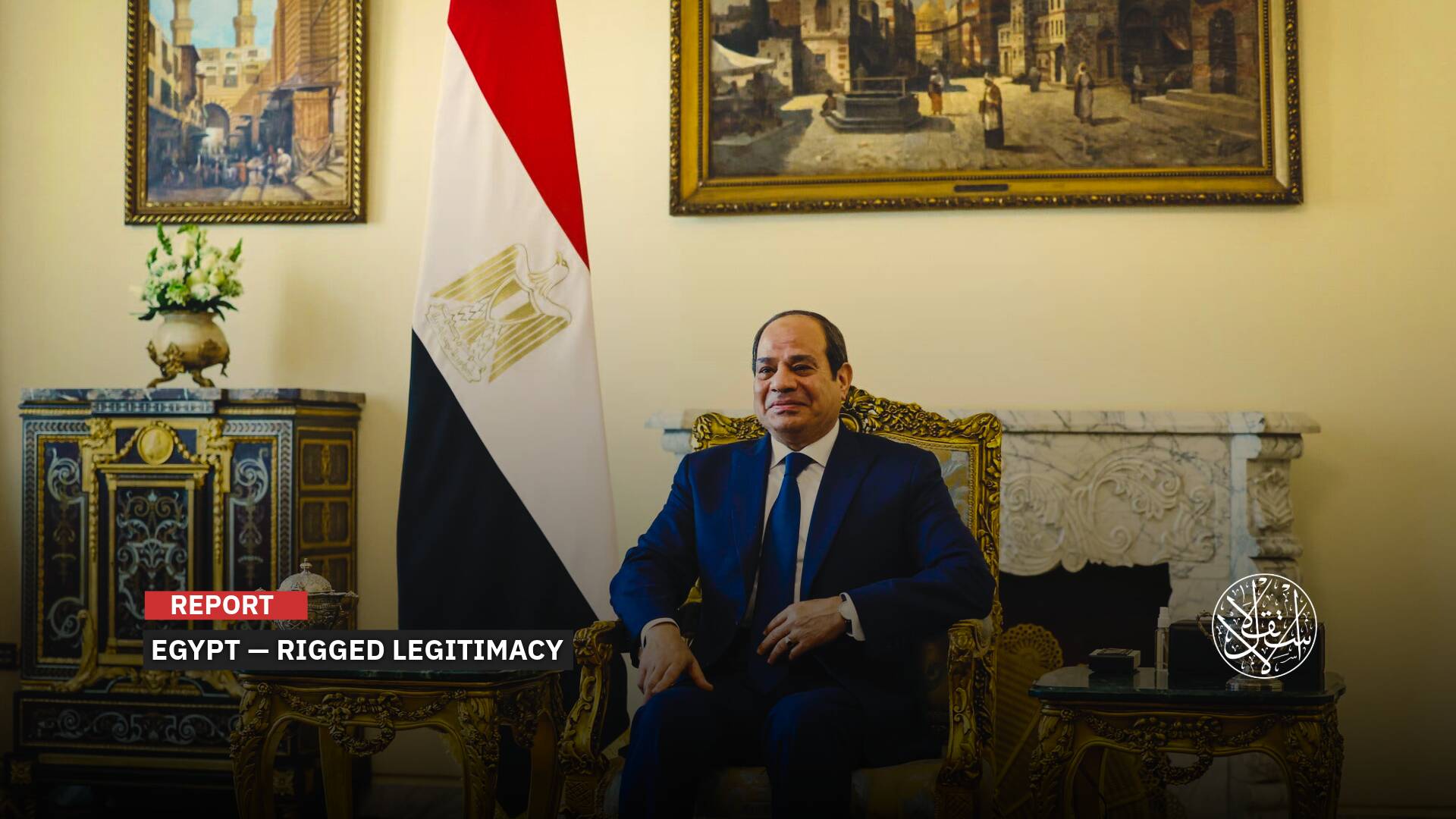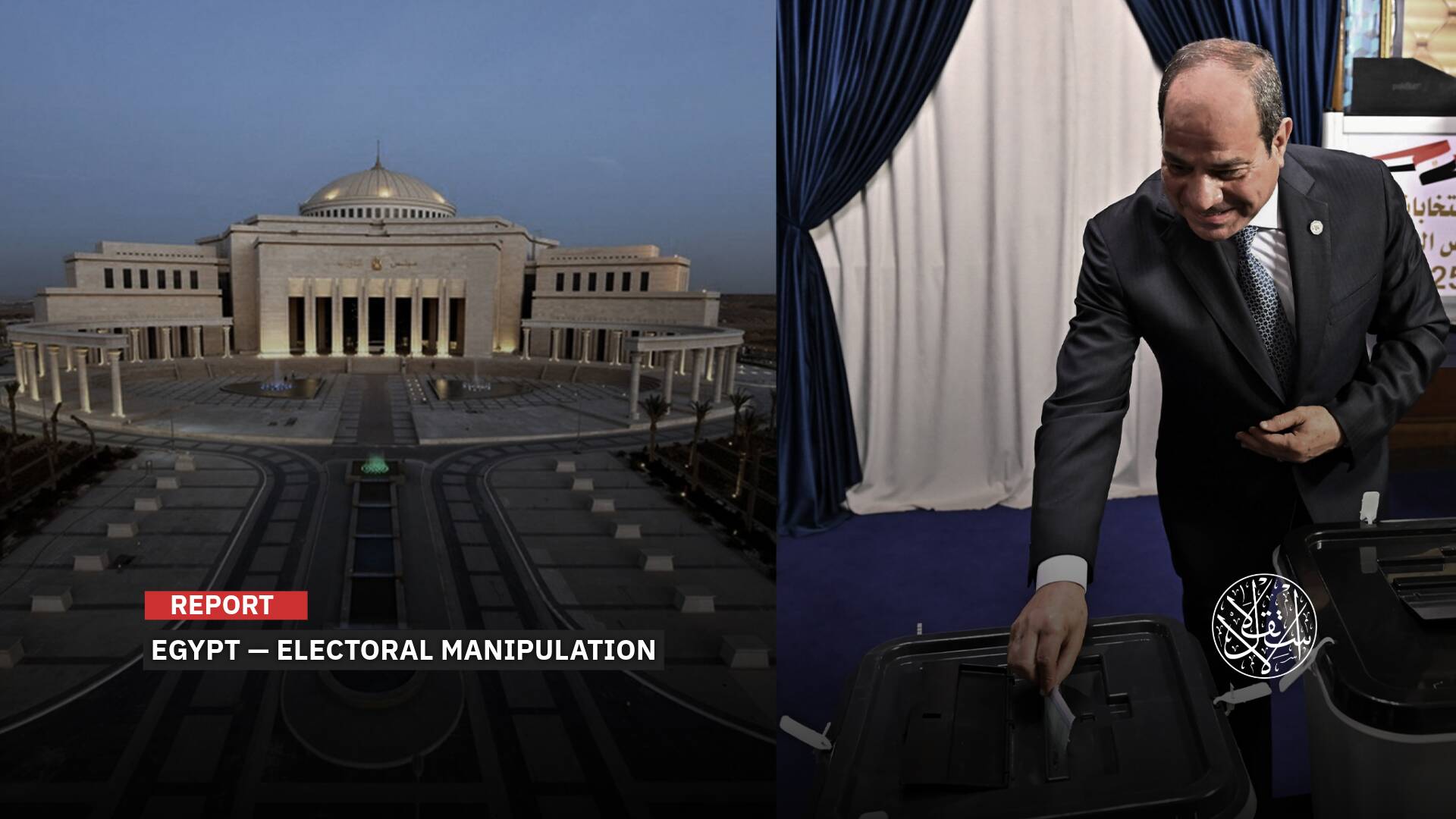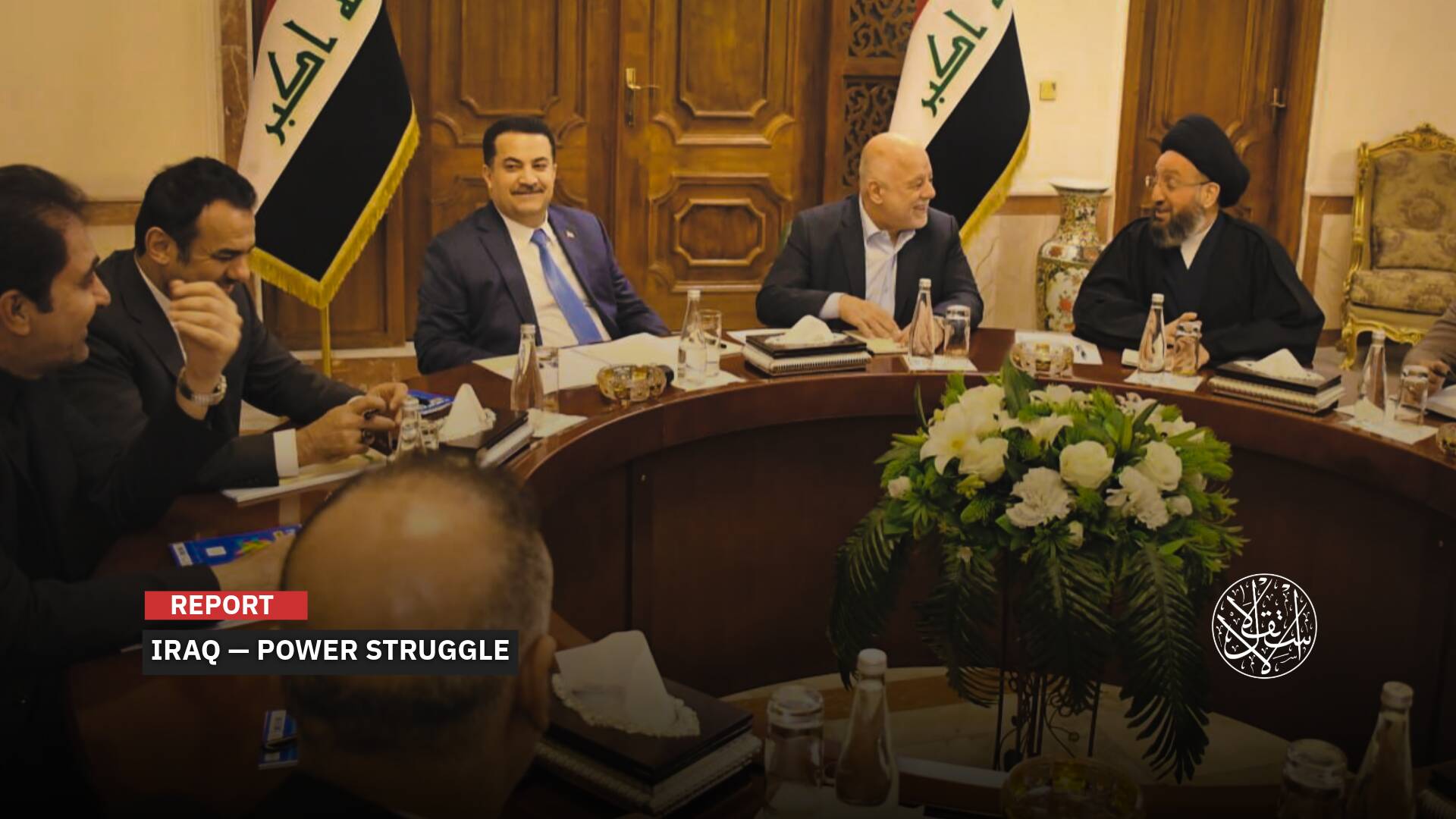Trump Takes the Helm, Blair as High Commissioner: Is the Gaza Plan the Start of a New Middle East Chapter?
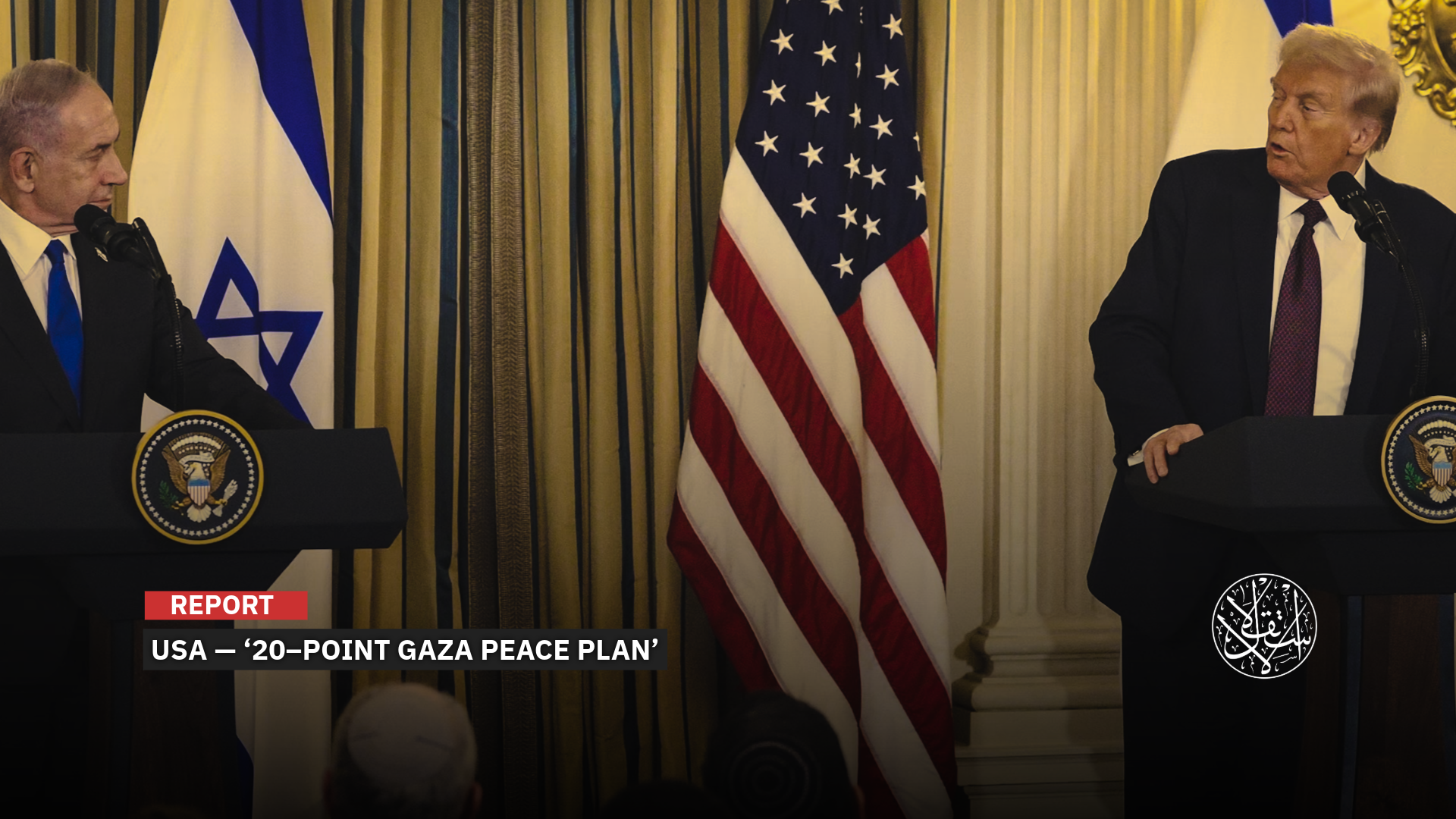
What Trump proposed aligns with Netanyahu’s earlier demand that Hamas must surrender.
The 20-point Gaza “peace” plan unveiled by U.S. President Donald Trump alongside Israeli Prime Minister Benjamin Netanyahu has stirred sharp questions about its real intent: is it a genuine “peace initiative” or a “Deal of the Century 2” designed to cement “Israel’s” grip on Gaza and reshape the region?
Far from being new, the proposal is essentially a patchwork of earlier American and Israeli blueprints tailored to the interests of Washington, Tel Aviv, and several allied Arab regimes. Critics warn it risks becoming a new reality on the ground.
The danger lies not only in keeping Israeli Occupation forces in Gaza indefinitely or turning the enclave into a de facto U.S.-Israeli protectorate run by Trump through a so-called “Peace Council,” with former British prime minister Tony Blair installed as his “high commissioner.”
The plan creates a pincer around Gaza’s Resistance with Arab and Islamic approval, granting the Israeli Occupation—backed by the U.S. and regional partners—the green light to crush what remains of the enclave should Hamas reject any clause or refuse to disarm. Foreign ministers from eight Arab and Muslim states have already signaled support.
Under Clause 17, if Hamas refuses, Gaza could be handed to figures viewed as pliant by Washington, while the movement’s leaders face assassination or expulsion from Arab capitals. Reconstruction funds would be controlled by a still-undefined body empowered to seize land for its projects.
An analysis by Al-Estiklal and several international experts describes the 20-point Gaza “peace” plan, announced at the White House on September 29, 2025, as riddled with political and legal traps.
Notably, the plan makes Trump the head of Gaza’s future governance structure, dubbed the “Peace Council,” tasked with overseeing a Palestinian technocratic cabinet. Blair would serve as his de facto deputy, exercising international supervision over Gaza.
Politico noted the plan effectively places Gaza under an “international trusteeship” that would coordinate nominally with the Palestinian Authority and deploy an Arab-Islamic security force. Hamas, which has governed the territory for nearly two decades, would be excluded entirely, as Trump said, “[Hamas] will play no role in the governance of Gaza at all.”
American activist Medea Benjamin, a vocal Trump critic, blasted the proposal, calling it absurd that Gaza’s fate would be decided by a council chaired by Trump and featuring Tony Blair.
“OMG. Trump’s ‘peace plan’ for Gaza includes a ‘Board of Peace’ headed by Trump and will include Tony Blair!!!!!” she posted on X.
“This is not a peace plan. It is a demand of surrender to the colonial/imperial powers.”
‘We Will Not Withdraw’
Despite the plan’s third clause calling for Israeli Occupation’s withdrawal from Gaza, Netanyahu didn’t wait until leaving the United States to dismiss it. In a video message to Israelis, he openly declared he had no intention of pulling out, as if admitting the plan was a ruse. His remarks fueled criticism from U.S. journalists who called it just another lie from the unhinged duo behind the genocide.
“Instead of Hamas isolating us, we turned things around and isolated Hamas,” he said. “Now the whole world, including the Arab and Muslim world, is pressuring Hamas to accept the terms.”
Netanyahu reinstated his longstanding opposition to a Palestinian state. “It’s not written in the agreement. We said we would strongly oppose a Palestinian state,” he said.
He also said the peace plan would allow the Israeli Occupation forces to stay in Gaza, contrary to the text of the proposal published by the White House.
Max Blumenthal, editor-in-chief of The Grayzone, said Netanyahu’s remarks gave away his game, arguing the so-called “Gaza Peace Initiative” is just “another deceptive ruse to paint Hamas as rejectionists.
“Israel has no intention of withdrawing troops from Gaza and will not implement any part of the plan in good faith,” Blumenthal added in a post on X on September 30.
At the White House press conference after their meeting, Trump vowed that “Israel” would have “full support” from the United States to take action against Hamas if it refused the proposed “peace deal.”
“If Hamas rejects your plan, Mr. President, or if they supposedly accept it and then do everything to counter it, then Israel will finish the job by itself,” Netanyahu said. “This can be done the easy way, or it can be done the hard way, but it will be done.”
Strikingly, Trump’s plan, in its 20th clause, spoke of “coexistence,” avoiding any reference to a Palestinian state, let alone the two-state solution.
Analysts said Trump’s proposal mirrors Netanyahu’s long-standing demand for Hamas’s surrender and in some ways goes even further. What’s on the table, they argued, is not a cease-fire deal but a humiliating surrender package aimed at dismantling the Palestinian cause.

Saving Netanyahu
U.S. newspapers and Arab analysts have pointed out that Trump’s plan appears designed to rescue Netanyahu and “Israel” from the quagmire of war.
The Israeli Occupation has lost an estimated $100 billion in its brutal two-year war on Gaza, along with 20,000 soldiers killed or wounded, while its military apparatus has eroded amid rising suicide rates, mass draft-dodging, and a fractured economy.
“Israel” is also grappling with diplomatic isolation, the collapse of its wartime narrative, and mounting international court cases—all of which, according to political analyst Ahmed Ramadan, “accelerated Trump’s push for a cease-fire plan and offered Netanyahu a way out of the war.”
Political scientist Mamoun Fandy described Trump’s plan as nothing more than a lifeline for Netanyahu and an attempt to impose through political maneuvering what the Israeli Occupation failed to achieve on the battlefield.
In a post on X on September 29, he added, “Israel and the U.S. administration have not won this war to dictate their terms.”
Foreign ministers from Qatar, Jordan, the United Arab Emirates, Indonesia, Pakistan, Turkiye, Saudi Arabia, and Egypt welcomed Trump’s plan in a joint statement, praising “the U.S. president’s leadership and his sincere efforts to end the war in Gaza.”
They endorsed Trump’s proposal, which calls for ending the war, rebuilding Gaza, preventing the displacement of the Palestinian people, advancing comprehensive peace, and his declaration that the West Bank will not be annexed.
Analysts, however, criticized the statement, describing it as “Arab and Islamic support for a Trump plan that serves Israeli interests.”
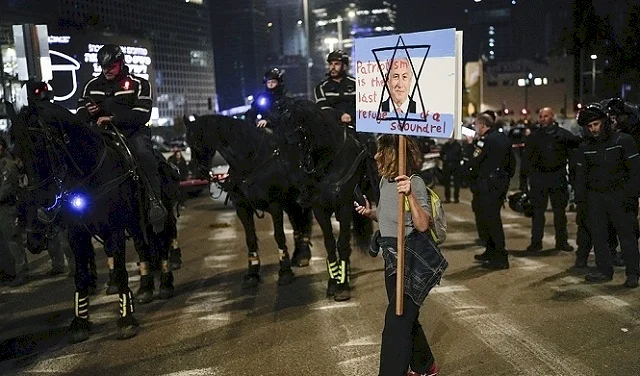
Israeli Occupation Perspective
Israelis across the political spectrum welcomed Trump’s 20-point Gaza plan, viewing it as a victory that delivered through “peace” what Netanyahu had failed to achieve through war. Right-leaning and conservative media framed it as a diplomatic success and a potential path to securing Israeli captives, while centrist and left-leaning outlets highlighted implementation gaps and political risks for Netanyahu.
The Jerusalem Post and Times of Israel treated the plan as a major diplomatic event, noting that Netanyahu’s public approval could open the door to ending the war and freeing captives if Hamas accepted it.
Left-leaning Haaretz questioned the plan’s feasibility, pointing to divisions within Netanyahu’s governing right-wing coalition, contradictions in his electoral promises, and the possibility that loopholes would allow “Israel” to avoid actually withdrawing from Gaza.
Analysts and Knesset members agreed that while the plan achieves key Israeli government goals, it falls short of fully satisfying the far-right’s demands on settlement expansion and Palestinian displacement. They argued that Trump’s plan “embodies all the stated objectives of the war as outlined by Netanyahu’s government.” Likud MK Avichai Boaron described it as representing “total victory.”
Amit Segal, political editor for Channel 12, noted that the plan accomplishes three main objectives for the Israeli government in Gaza: first, the return of all captives; second, ending Hamas rule; and third, ensuring that the Gaza administration remains independent of the Palestinian Authority. In a post on X on September 29, he said these objectives had been realized, calling the plan “a dream scenario for Israel, and I hope it is fully implemented, because then there will be no need for further fighting.”
Supporters also highlighted that “Israel will remain in Gaza without the captives, with a disarmament-for-withdrawal equation.” Ben-Dror Yemini, an analyst for Yedioth Ahronoth, wrote on September 30 that from “Israel’s” perspective, the agreement presented by the U.S. president is nothing short of excellent. He said the ball is now in Hamas’s court and predicted heavy Arab pressure on the group to accept it despite its reservations.
Yemini argued that in “Israel’s” current context, a flawed agreement is better than continued deterioration, calling Trump’s plan “much more than a deal” and saying, “It is the opening of a new chapter in the Middle East.” He noted, however, that Hamas had made unprecedented gains over the past two years, initially aiming to push “Israel” into political collapse—a goal it achieved—and then to fragment “Israel” politically, which Israeli deterrence and destruction strategies had failed to prevent.
Prior to the release of Trump’s text, Meir Ben Shabbat of the Misgav Institute for National Security and Zionist Strategy wrote on September 28 that while the 20-point “peace” plan temporarily quenches the flames in Gaza, it does not address the underlying problems. He explained that the plan contains all the tools Trump needs to suppress the fire and focus on his vision for a “new Middle East.”
The plan also alleviates concerns of Sunni Arab states in the region, avoiding mentions of “voluntary migration” or land annexation, issues that had alarmed them due to potential threats to regional stability. Yet Ben Shabbat noted that the plan does not tackle the root causes: Hamas remains the central power in Gaza, even if stripped of official administrative authority.

Netanyahu Will Fail the Plan
Israeli Occupation analysts and research centers predict that Netanyahu, despite publicly endorsing Trump’s deal and portraying it as a victory, is likely to sabotage it.
Haaretz’s editorial on September 30, 2025, urged Trump to intervene, warning, “Don’t let Netanyahu nix your Gaza deal, President Trump.”
Jonathan Lis, an Israeli analyst for Haaretz, argued that Netanyahu will seek to derail Trump’s ambitious ceasefire plan in Gaza. He noted that since October 7, 2023, Netanyahu has obstructed ceasefire talks and agreements in various ways. Lis emphasized that the U.S. administration’s ambitious plan remains out of reach and that Netanyahu could place political obstacles in its path, citing his reliance on his right-wing coalition.
Amit Segal highlighted a peculiar aspect of Netanyahu’s approach: the government will not vote on Trump’s plan to avoid opposition from two key right-wing ministers, Bezalel Smotrich and Itamar Ben-Gvir, whose positions are pivotal for the coalition’s survival.
Segal explained that under the agreement with the Americans, the only issue presented to the Israeli government for approval is the captives’ exchange itself, involving withdrawal from Gaza and the release of Palestinian detainees in exchange for Israeli captives.
On September 29, 2025, the Religious Zionist Party, led by Bezalel Smotrich, announced that it would withdraw from the governing coalition “if the plan were brought before the government for approval.” This, however, has now been confirmed as unlikely to happen.

Resistance Stance
Mediators delivered Trump’s proposed ceasefire plan to a Hamas delegation, which promised to study it, but it is still too early to receive an official response, said Qatar’s Foreign Ministry spokesperson Majed al-Ansari on September 30, 2025.
Reactions from Hamas, however, were critical, describing the plan as tailored to Israeli Occupation’s interests. Senior Hamas official Mahmoud Mardawi said the provisions of Trump’s plan align closely with “Israel’s position” and called it “an attempt to strangle international momentum for Palestinian recognition.” He added that the movement “will not accept any proposal that does not guarantee Palestinian self-determination.”
Hamas Secretary-General Ziad al-Nakhala told the press that the U.S.-Israeli announcement is “a recipe to ignite the region” and characterized it as “an American-Israeli agreement fully reflecting Israel’s stance and a blueprint for continuing aggression against the Palestinian people.” He warned that the Israeli Occupation is trying to achieve through the United States what it could not accomplish militarily.
Analysts argue that Hamas might accept the U.S. plan only because it achieves two key objectives: ending the war and securing Israeli Occupation withdrawal from Gaza. However, they note the plan was drafted under conditions that Hamas is unlikely to accept.
If Hamas were to accept, it would entail relinquishing governance, submitting to international oversight, potentially limiting its offensive capabilities, and relocating a symbolic number of leaders abroad—but only with a full Israeli withdrawal.
Arab and Western analysts believe Hamas and other Palestinian factions might agree to Trump’s plan, but only with key amendments, like Netanyahu did.
First, they would reject any Arab or international forces or foreign supervision over Gaza, insisting instead on a Palestinian technocratic authority that excludes Hamas.
Second, the resistance’s weapons remain legitimate as long as the occupation and the state of statelessness persist; these arms could be regulated under a future two-state agreement as part of the new Palestinian state’s defense forces.
Third, the Israeli Occupation’s withdrawal from Gaza should be total, carried out in phased steps as outlined in the plan.
Fourth, there must be firm guarantees against any future Israeli aggression or re-occupation of Gaza.
If Trump and Netanyahu refuse these terms, analysts warn the situation will return to square one, with renewed pressure on “Israel,” the resistance, and the Palestinian people alike.
Still, because prolonging the war no longer serves “Israel’s” interests and risks dragging it into conflict with major regional powers or even a broader coalition, and because Trump is eager to end the genocide with minimal political cost, many expect Washington will eventually accept at least some of Hamas’s conditions.

U.S. Media
Most U.S. media reports focused on analyses suggesting that Trump’s 20-point Gaza “peace” plan was aimed primarily at rescuing “Israel” and Netanyahu, portraying a nation increasingly isolated and shunned. Several outlets cast doubt on the plan’s viability, stressing that its provisions favor “Israel” over Gaza and the Resistance, and zeroed in on two pressing questions: Will Hamas accept it, and can it realistically be carried out?
The New York Times reported on September 29, 2025, that Trump pursued the plan to secure Arab and Islamic acceptance before its announcement, with the primary goal of lifting “Israel” from diplomatic isolation and countering declining support, even among its allies. A Times poll indicated a dramatic shift in American public opinion since the start of the war on Gaza: initially, 47 percent supported “Israel” and 20 percent supported Palestinians; by September 2025, support had dropped to 34 percent for the Israeli Occupation and risen to 35 percent for Palestinians.
Trump sounded the alarm and rushed the plan through to patch up “Israel’s” unraveling position, while Netanyahu scrambled to meet with prominent U.S. social media influencers to salvage the image of the Israeli Occupation. Meanwhile, Trump compelled TikTok to sell its U.S. operations to three Jewish investors staunchly supportive of the Israeli Occupation’s military.
The U.S. pushed the plan on “Israel” for two main reasons: first, the ongoing war on Gaza was achieving little beyond further isolating the Israeli Occupation and damaging its image; second, pressure from eight influential Arab and Islamic nations, whose leaders met with Trump, demanded an end to the war or threatened the collapse of Trump’s previous diplomatic achievements, including the Abraham Accords.
The Washington Post kept the plan’s details under wraps, including the 72-hour deadline for returning captives, ignored the hurdles Trump and Netanyahu would face in enforcing it, and raised the key question of whether Hamas would accept it.
Politico criticized Trump’s claims that “eternal peace” was within reach while noting that both he and Netanyahu demanded Hamas’s unconditional surrender under threat of destruction. Netanyahu had pledged that “Israel’s” army “would finish the job” if Hamas refused the deal, even before Hamas reviewed it, underscoring the plan’s daunting challenges.
Conversely, right-leaning outlets like the New York Post and Fox News celebrated the plan on September 30, 2025, portraying it as a major diplomatic initiative and a step toward freeing Israeli captives and disarming Hamas.
The Guardian offered a critical perspective on the same day, highlighting gaps in the plan, including the structure of Trump’s “Peace Council,” mechanisms for disarmament, and guarantees against forced displacement. It noted that while the plan calls for an immediate end to hostilities, it lacks details on implementing key provisions, and its success depends heavily on Hamas’s acceptance and the presence of a strong, flexible international force.
Sources
- What’s in Trump’s 20-point peace plan for Gaza?
- Trump touts Israel’s approval of his Gaza peace plan. Hamas has not agreed.
- Analysis How Netanyahu Could Thwart Trump's Ambitious Plan for a Cease-fire in Gaza
- Now the ball is in Hamas' court
- Americans’ Support for Israel Dramatically Declines, Times/Siena Poll Finds
- Netanyahu agrees to Trump plan for Gaza deal, but Hamas still a question
- Editorial | Don't Let Netanyahu Nix Your Gaza Deal, President Trump
- Qatar: We Delivered Hamas a Plan to End the Gaza War and They Promised to Study It
- Trump and Netanyahu say they have agreed on proposed Gaza peace plan
- Leaders in Middle East and Europe welcome Trump's Gaza peace plan
- Israel bets the world will forgive and forget Gaza


